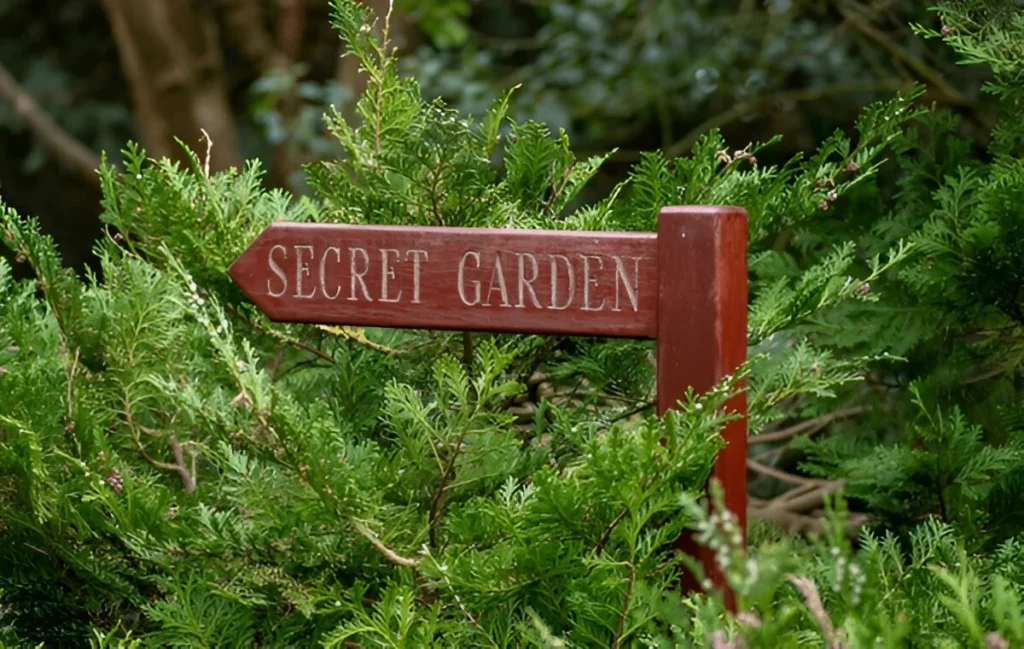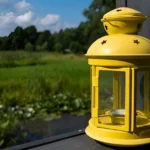Have you ever wondered why professional gardens have that certain “je ne sais quoi” that your DIY efforts can’t capture? You’re not alone. Today, I’m removing the curtain on the closely guarded secrets landscape architects use to create those enviable outdoor spaces. Get ready to transform your garden with these professional insights that most designers keep under wraps.
I. Fundamentals of Professional Garden Design
Understanding the Psychology of Space
Let me share something that might surprise you: professional landscape architects spend more time thinking about psychology than plants. Yes, you heard that right! How we experience outdoor spaces is deeply rooted in our evolutionary history, and pros use this knowledge to their advantage.
The Hidden Science of Visual Flow
Have you ever noticed how some gardens seem to “pull” you through them? That’s no accident. Landscape architects use a “forced perspective” principle to create this effect. Think of it like a movie director guiding your eye through a scene – every view is carefully orchestrated.
II. Layout and Planning Secrets
Master Planning Techniques
The Golden Ratio: Nature’s Secret Formula
Here’s a secret that might blow your mind: professional designers often use the same mathematical ratio (1:1.618) that you’ll find in a nautilus shell or a sunflower’s seed pattern. We call it the Golden Ratio, our go-to formula for creating naturally balanced spaces.
Space Division Rules You’ve Never Heard Of
Want to know why your garden might feel a bit “off”? Professional designers follow the 60-30-10 rule: 60% of the space should be dedicated to primary features, 30% to secondary elements, and 10% to accent pieces. It’s like composing a symphony—every element needs its proper proportion.
Traffic Flow Optimization
Hidden Pathway Design Secrets
Did you know that curved paths aren’t just about looking pretty? Landscape architects use them to slow people down and create anticipation. We carefully calculate these curves using the “Rule of Seven” – each should reveal approximately one-seventh of the next garden section.
III. Plant Selection Strategies
Strategic Layering Methods
The Vertical Interest Secret
Most pros won’t tell you that successful gardens are built in seven layers. Yes, seven! Each layer, from ground covers to canopy trees, is crucial in creating that professional look.
Colour Psychology in Gardens
The Color Wheel Secrets You Never Learned
Professional designers use “colour echoing” – repeating specific colours every 12-15 feet throughout the garden. This creates a subconscious sense of rhythm and cohesion that most homeowners never achieve.
Four-Season Interest Planning
The Winter Garden Secret Sauce
Want to know why professional gardens look amazing even in winter? We use the 70-30 rule: 70% evergreen structure and 30% deciduous plants. This ensures your garden has good bones year-round.
IV. Professional Design Elements
Lighting Design Secrets
Shadow Play Techniques
Here’s a pro tip to transform your garden: don’t light the plants; light the spaces between them. This creates depth and mystery that flat lighting never achieves.
Water Feature Integration
Sound Design Principles No One Talks About
Did you know that the sound of water falling should never exceed 3 decibels above the ambient noise level? This is why professional water features feel soothing while DIY ones can feel overwhelming.
V. Advanced Techniques
Privacy Creation Methods
Natural Screening Designs
Professional designers use the “Rule of Thirds in Depth” to create privacy screens with three different plant types at varying distances from the viewer. This looks natural while being incredibly practical.
Optical Illusion Implementation
Space Enhancement Tricks
Want to make your garden feel bigger? Professional designers use “forced perspective” by gradually decreasing plant sizes and narrowing pathways as they extend away from viewing areas.
Practical Implementation Tips
Getting Started with Professional Techniques
Remember, you don’t have to implement all these secrets at once. Start with the basic principles and gradually incorporate more advanced techniques as you become comfortable with each element.
Common Mistakes to Avoid
One of the biggest mistakes I see is people trying to include too many elements without a cohesive plan. Start with a solid framework and build from there.
Maintenance Secrets
Professional Upkeep Techniques
A secret that will save you hours: professional gardens are designed with maintenance zones. Each area groups plants with similar water and care needs.
Seasonal Considerations
Year-Round Planning Strategies
Professional designers think about “moments of impact” – planning for at least three spectacular seasonal displays yearly.
Conclusion
These professional secrets might initially seem overwhelming, but remember: every stunning garden starts with a single design decision. By incorporating these techniques gradually, you’ll create an outdoor space that rivals any professional design. The key is to start with the fundamental principles and build your knowledge from there.
Frequently Asked Questions
How do landscape architects decide where to place focal points?
They typically use the Golden Ratio points in space and ensure each focal point is visible from at least three different viewing angles.
Why do professional gardens look good all year round?
It’s due to the 70-30 rule of evergreen to deciduous plants, combined with careful attention to plant structure and winter interest features.
How many different types of plants should I include in my garden design?
Professional designers typically limit themselves to 12-15 species for small gardens, following the “power of three” rule: using each plant type at least three times.
What’s the biggest secret to professional-looking gardens?
Proper spacing is critical. Most homeowners plant too closely together. Professionals use the mature size plus 20% rule for spacing.
How do landscape architects create low-maintenance gardens that still look amazing?
They use the concept of “maintenance zones” and select plants that naturally grow to the desired size without requiring frequent pruning.






